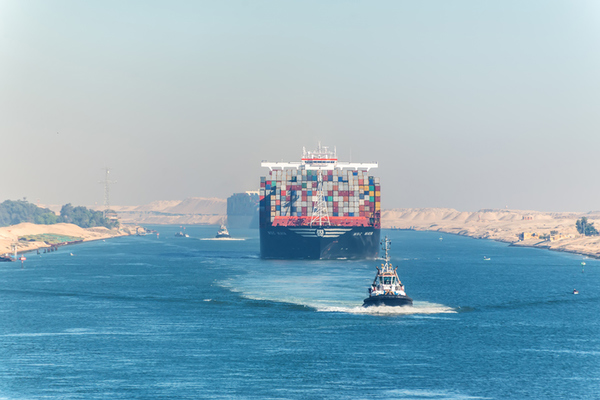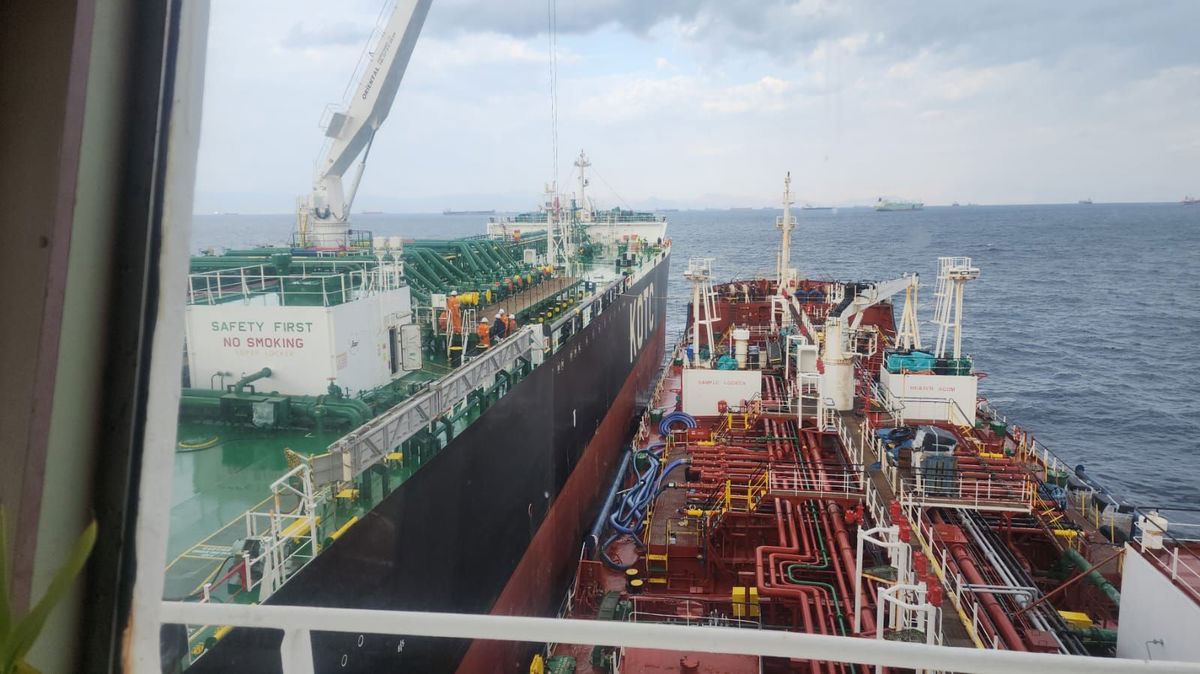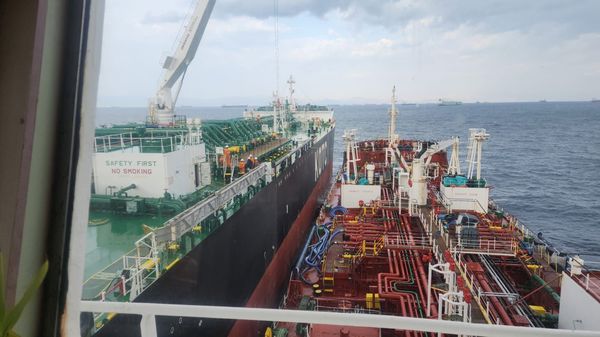More tankers avoid Suez Canal transits as the Red Sea crisis worsens
Tankers are gradually opting for the longer route around the Cape of Good Hope as tensions in the Red Sea escalate.
 PHOTO: Large container vessel passing through the Suez Canal, Egypt. Getty Images
PHOTO: Large container vessel passing through the Suez Canal, Egypt. Getty Images
The attacks by the Houthi militia in the Red Sea have disrupted global shipping routes, forcing several shipping firms to reroute vessels around the Cape of Good Hope due to safety concerns. This shift has resulted in longer voyages and increased bunker fuel consumption for the ships opting for the longer route.
Initially, the Houthi militia was seen targeting container ships passing through the Red Sea, while tankers transiting through the Suez Canal remained largely unaffected. This was partly because the market speculated that the Houthis would target vessels carrying non-petroleum products.
The average number of tankers transiting through the Suez Canal was 22/day in December, just 1/day lower than 23/day in November, according to IMF's PortWatch data.
However, tanker transits through the Suez Canal fell coming into January. Especially, after US and British naval vessels launched a series of cruise missiles and airstrikes on locations in Yemen, some of which were allegedly Houthi missile launch sites.
The average number of tankers passing through the Suez Canal has been around 15/day this month. It fell to a record low of 8-9/day between 26-27 January, IMF's PortWatch data shows.
Several tanker operators such as Hafnia, Torm and Stena Bulk halted traffic towards the Red Sea immediately after the US and British militaries launched strikes on Houthi militants in Yemen.
“This obviously means longer voyage times, which could lead to some tightness in oil and products as the market adjusts. It would also reduce tanker availability and push up rates,” said two analysts from ING Bank.
The recent incident in which the Trafigura-owned tanker Marlin Luanda was struck by a missile fired by the Houthis has raised concerns. The vessel was carrying Russian naphtha, purchased below the price cap and in line with G7 sanctions, Reuters reported last week.
This has sparked worries that even tankers carrying Russian-origin products are vulnerable in the region, despite its strong relationship with Iran, which allegedly supports the Houthi militia.
Conversely, the number of tankers transiting around the Cape of Good Hope, has averaged 13.5/day so far this month, up from 11.5/day in December and 11/day in November.
The number of tankes sailing around the Cape of Good Hope has gone up, especially in the second half of this month with an average of 17/day, according to the IMF's PortWatch data. This suggests that more tankers have been opting for the longer route following the retaliatory attacks by US and British naval vessels.
By Aparupa Mazumder and Nithin Chandran
Please get in touch with comments or additional info to news@engine.online





